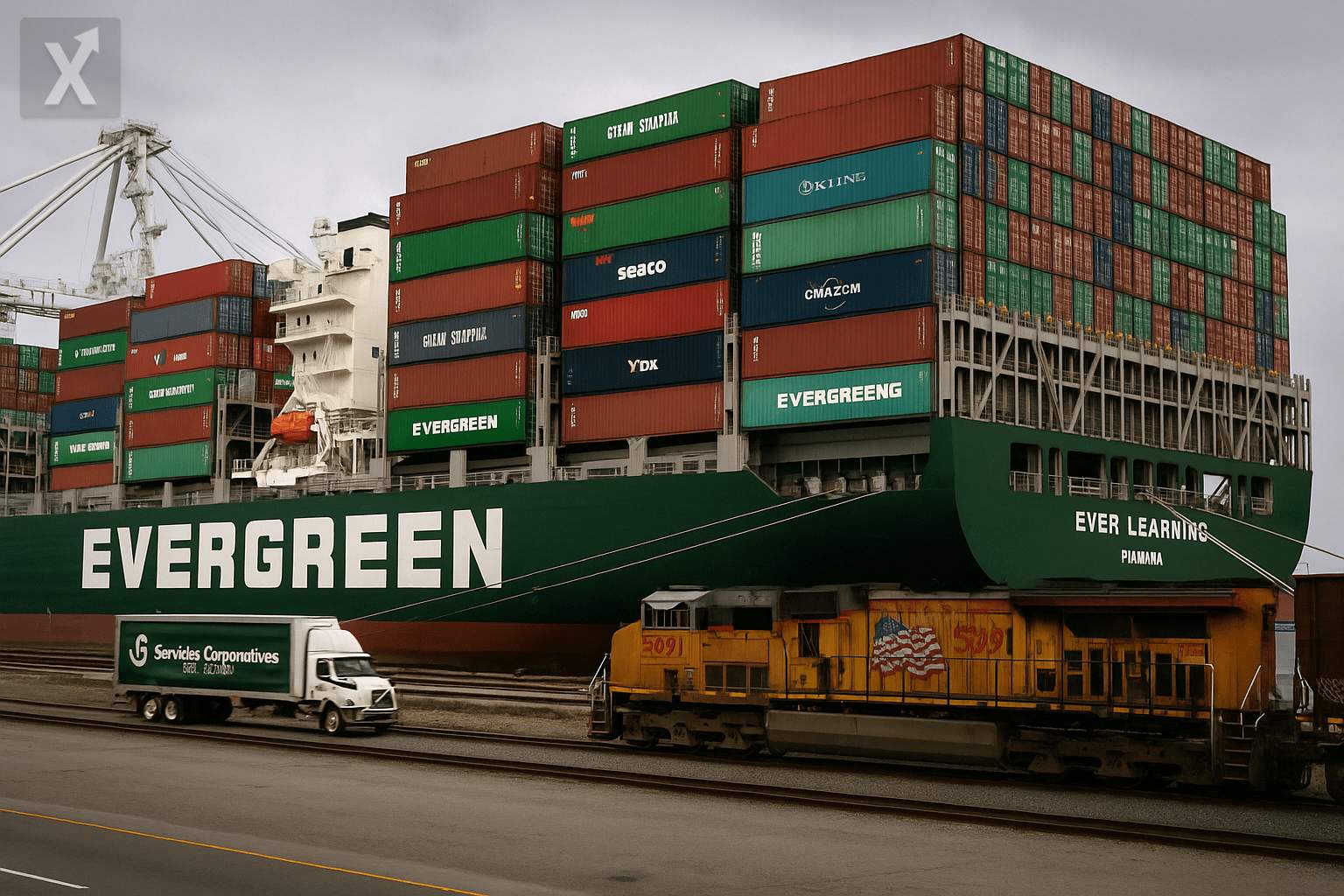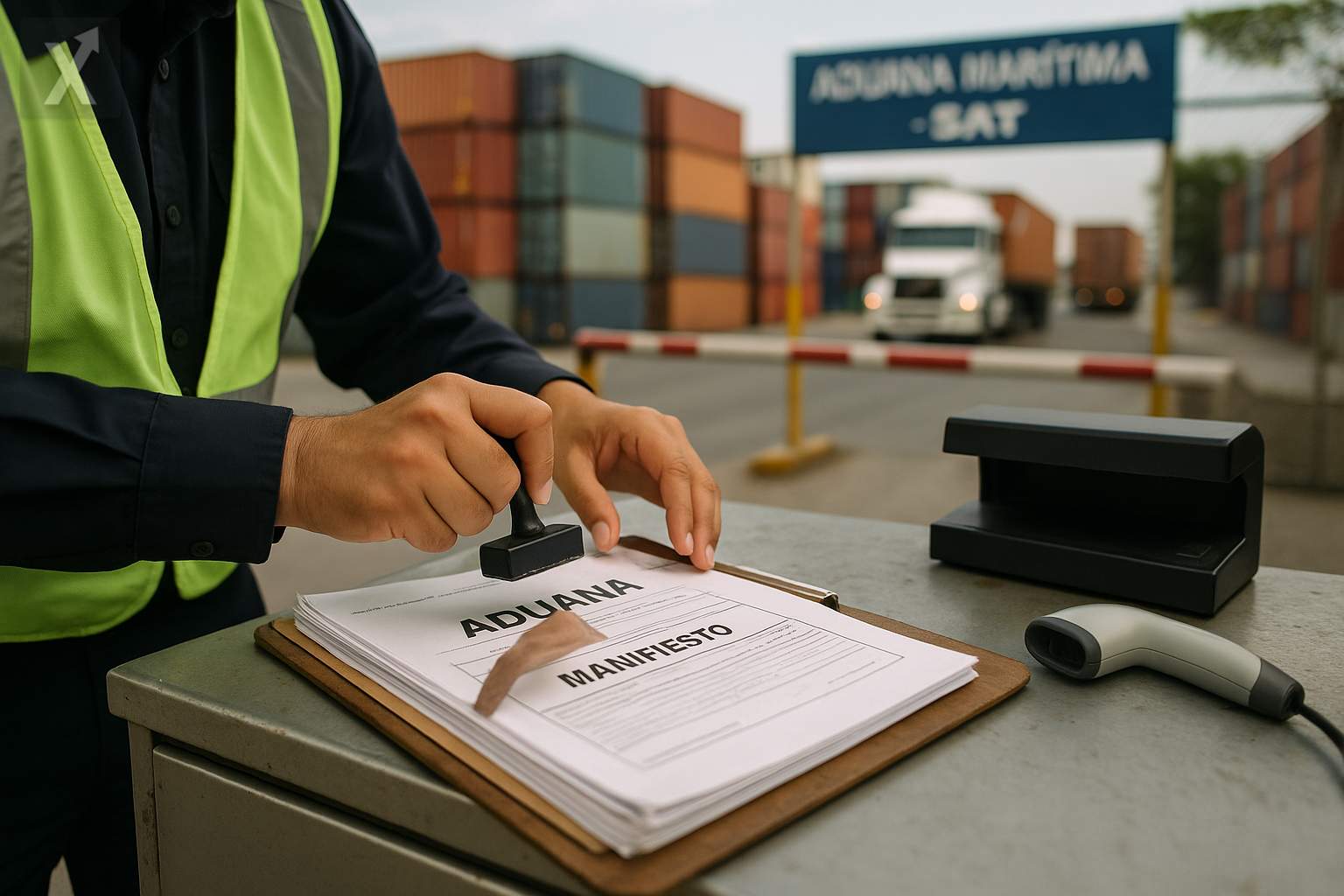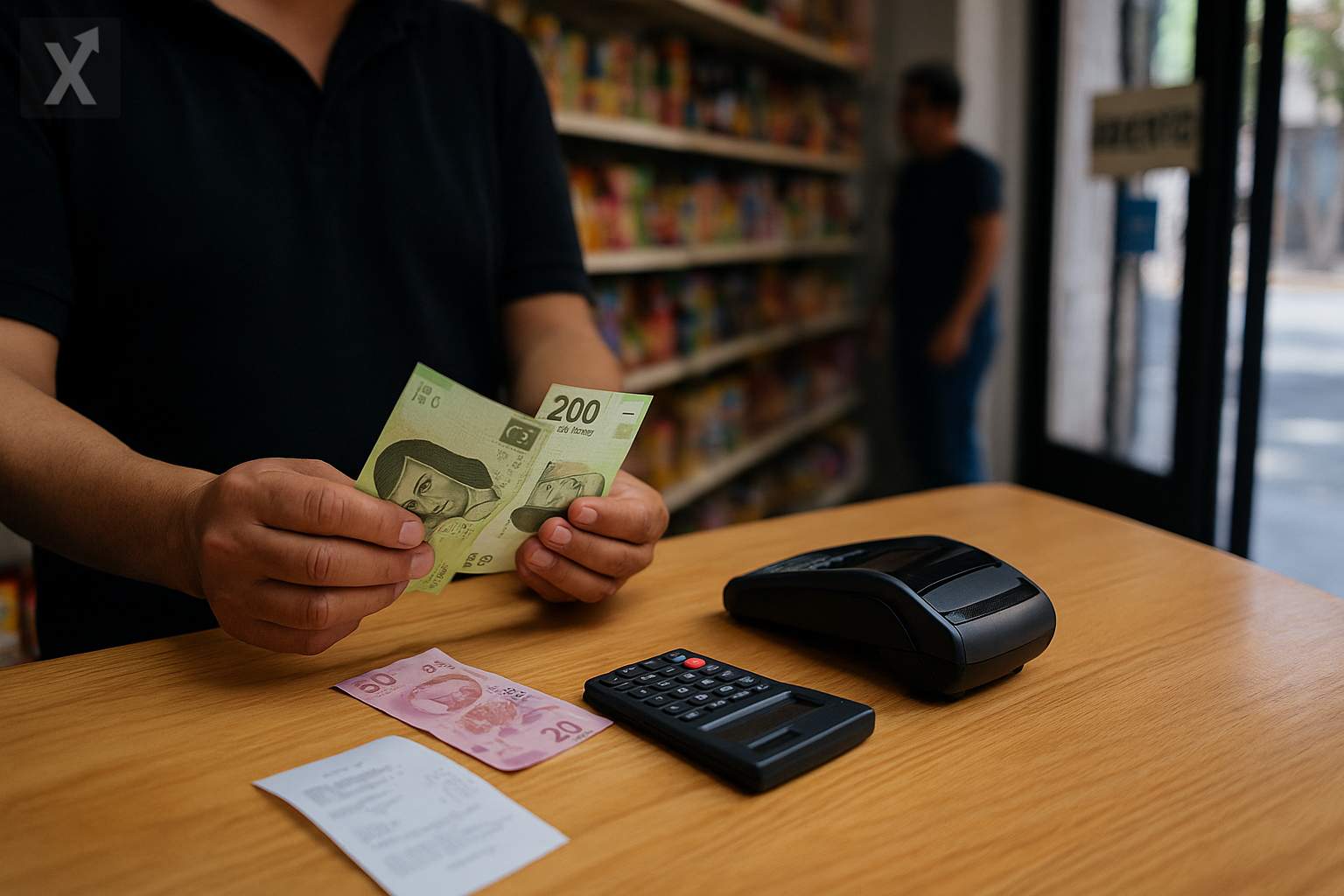Mexico in the Face of the Trade Truce Between the United States and China: Opportunities and Challenges for Its Economy

The recent tariff truce between the United States and China, sealed on June 11, has reshaped the global economic landscape and presents Mexico with a scenario of strategic opportunities but also growing challenges. For business sectors and experts in international economic relations, Mexico is not just an observer, but a central player in the realignment of global value chains.
According to the Mexico-China Chamber of Commerce and Technology, the new environment is fostering the arrival of investment in high-value industries such as electromobility, semiconductors, and advanced agribusiness. Even in its preliminary stage and without a definitive legal agreement, the truce provides greater certainty to global companies, supporting the planning and implementation of investment projects on Mexican soil.
China has shown renewed interest in strengthening its relationship with Mexico, seeking to boost a comprehensive strategic partnership with increased technological cooperation and direct investment. In 2024 alone, bilateral trade between Mexico and China exceeded $139 billion, while direct Chinese investment has already surpassed $2.7 billion—figures that reflect the dynamic nature of the relationship.
However, the shift in trade flows could put Mexico up against heightened competition. If the easing of tariffs leads to a surge in Chinese exports to the US, Mexico will need to double down on its efforts to maintain and strengthen its appeal as an investment destination and as a strategic partner within the North American region. The key will be transitioning to a higher value-added economy, driving innovation, and fostering regional production linkages.
In 2023, Mexico overtook China as the United States’ top trading partner, accounting for 14.7% of US trade compared to 8.7% for the Asian giant. However, experts warn that this leadership is vulnerable if the country does not accelerate regulatory reforms, improve infrastructure, and commit to a clear industrial strategy that goes beyond the traditional assembly model.
Rules of origin and new traceability requirements imposed by the USMCA and US industrial policy—particularly in sectors like automotive and semiconductors—demand greater regional content and supply chain transparency. One example is battery integration: if components originate in China, this could limit access to US subsidies, even if assembly takes place in Mexico.
In this context, the easing of tensions between the US and China may be fragile. Experts point out that while the truce may temporarily ease trade pressures, restrictions on key sectors like rare earths and advanced technologies could be quickly reinstated if geopolitical conditions change. Mexico’s dependence on North America (with 84% of its exports destined for the US) and China’s growing share of Mexican imports (around 20%) mean that the country must strategically redefine its foreign and economic policy.
Looking ahead, Mexico will need to develop a more integrated and robust industrial and commercial policy—one that not only leverages its geographic position and free trade frameworks but also strengthens technological development and local productivity in order to sustain its role in global value chains.
In summary, the trade truce between the world’s two largest economies opens a window of opportunity for Mexico, but also highlights the urgent need to advance structural reforms and long-term strategies. The country is at a critical crossroads, where public policy decisions and collaboration across sectors will be essential to defining its place in the new geoeconomic landscape.
Summary: The scenario created by the US-China trade truce puts Mexico in a position of opportunity, but also of vulnerability. To take advantage of this context, Mexico will need deep reforms, innovation, and a clear strategy to capitalize on regional integration and technological cooperation, while maintaining economic autonomy in the face of the major world powers.






